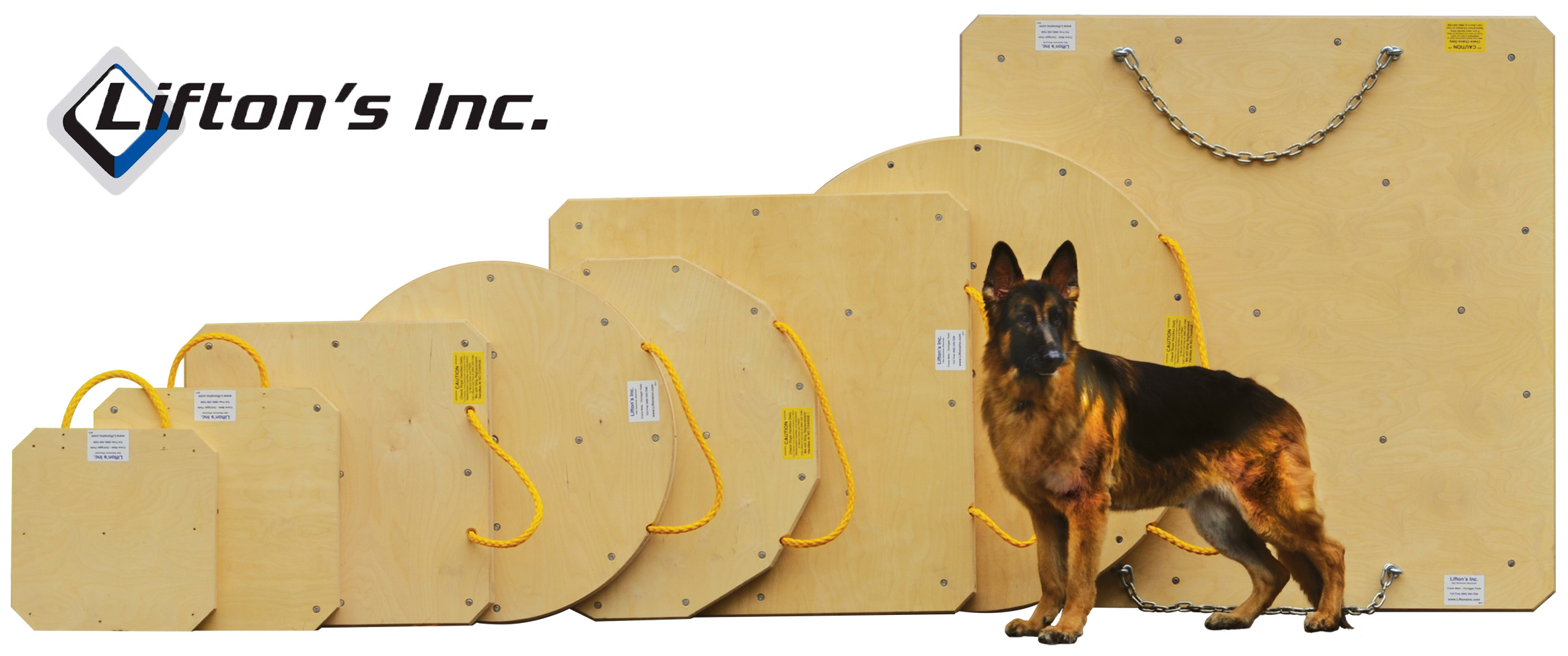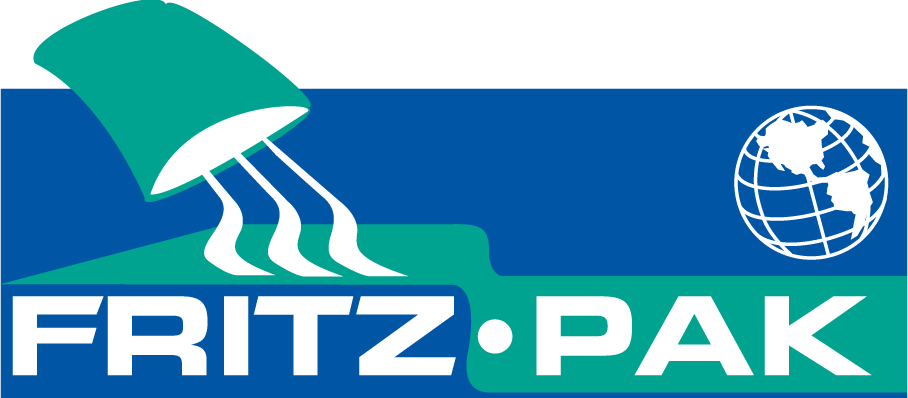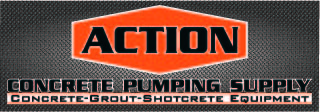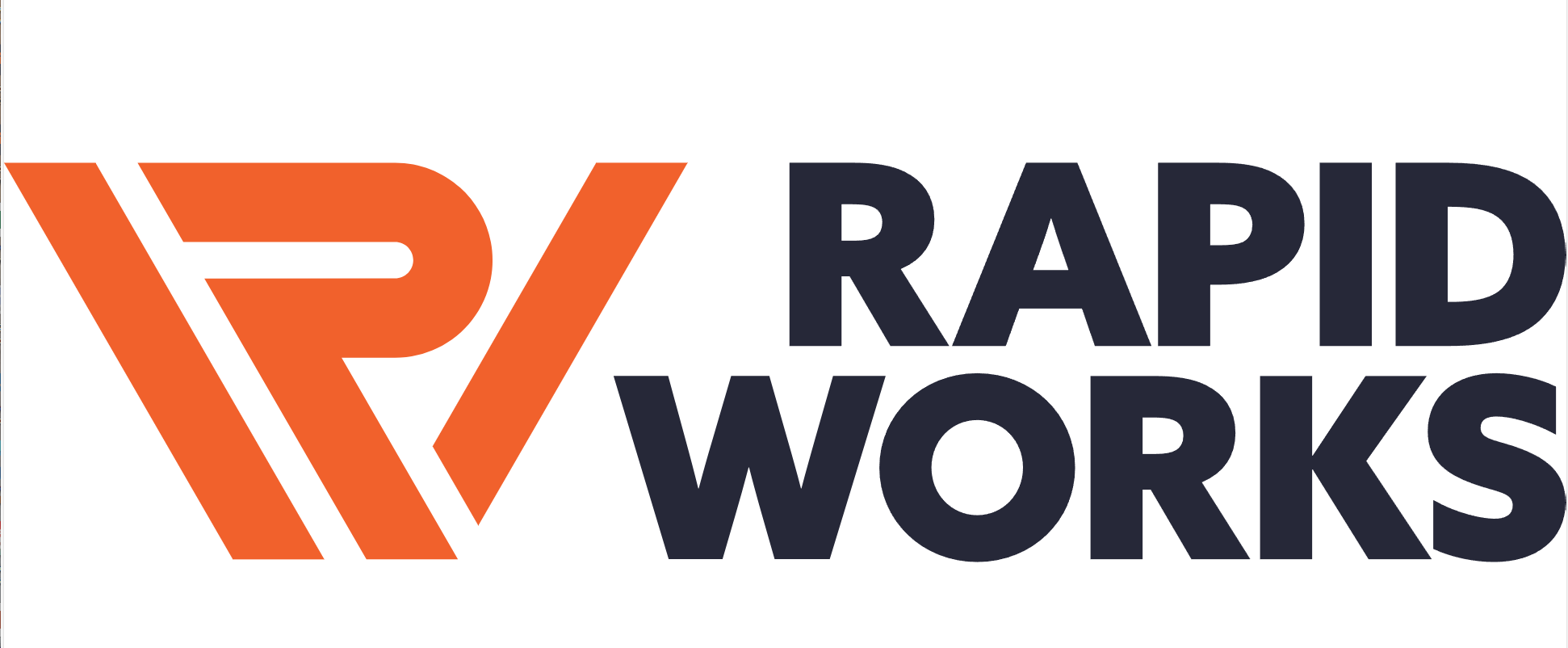| bri | 11-10-2008 | comment profile send pm notify |
|
That is where I have been transferd too. The ThyssenKrupp steel Mill in Mobile AL. So far so good. The building will be 7 miles long and 5 miles wide. It is some crazy stuff man 250 cranes on site soon. I will be running a 34m pump here until hey need my 60m pump which I hope is soon I miss my pump already. But this job site is the largest in N America and Iif u ever saw it u would be so amazed. No pics allowed srry |
||
| Todd | 11-10-2008 | reply profile send pm notify |
|
Dang bri, i want to see some pictures. oh well. |
||
| FunnyBoom | 11-10-2008 | reply profile send pm notify |
|
A friend of mine is running a 47 meter downt there for Baker. His name is Billy. He has been down there for just over a month. Hes a cool dude you should go meet him. He said the job is pretty wild |
||
| bri | 11-10-2008 | reply profile send pm notify |
|
i seen a 47 baker pump pumping today |
||
| ShortStik | 11-10-2008 | reply profile send pm notify |
|
bri, that s a big site. batch plant on site? until setup space is lost, i could see that 60 hard at work. FAT footing.
"No Camera On Site". you can always sneek in a pic. just dont try to sell them to the chinese. |
||
| Seed | 11-11-2008 | reply profile send pm notify |
|
This is good news! At a time when America seems to be broke! To build a new steel plant like that is some thing that makes you feel good! |
||
| Bob | 11-11-2008 | reply profile send pm notify |
|
What is the project you are developing? A: ThyssenKrupp Steel and Stainless USA, LLC will build a new state-of-the-art steel and stainless steel manufacturing facility to serve the growing North American market. When fully operational, the facility will employ 2,700 workers and have an estimated annual capacity of 5.1 million metric tons of end product. The plant is expected to begin operations by 2010. Initially planned as a $2.9 billion investment, ThyssenKrupp recently announced that it now expects to invest $3.7 billion in this facility. Q: Why did the investment increase? A: We are excited that the project has grown. The increased investment from $2.9 billion to $3.7 billion primarily results from a rise in both steel and stainless steel capacity, as well as the installation of additional equipment to allow further diversification of the product portfolio. Q: Where will the steel slabs be coming from? A: The raw steel will be shipped from ThyssenKrupp’s Brazilian steel slab manufacturing facility, currently under construction, and other sources. The Brazilian facility will have a capacity of five million metric tons of slabs per year and it is expected to start production in 2009. Q: Where will you market the U.S. plant’s products? A: The new plant’s products will be marketed in North America. This continent is a big volume market for high quality flat carbon steel and a growth market for stainless steel. ThyssenKrupp’s largest market outside Europe is the United States. Here, ThyssenKrupp carbon and stainless products will be used by the automotive and construction industries, by utilities and electrical manufacturing, and also for packaging, appliances, and other consumer and specialty products. About Site SelectionQ: Why did you decide to build a new plant in the United States? A: ThyssenKrupp has a long history of partnership with the United States dating back to 1837 and recognizes the importance of the U.S. marketplace. North America is a future source of growth for steel products, and we have established a goal of increasing our business in this important market. Q: When did you begin your search and how many other states or sites have been considered? A: We began our search in February 2006 for the best possible location to build our new facility. This process began with 67 initial sites, was narrowed down first to six, then to three, subsequently to two finalist sites in Alabama and Louisiana. Both potential sites proved to be extremely well-qualified for consideration. Q: What factors were important in selecting a final site? A: Many factors were considered during the selection process. ThyssenKrupp examined all aspects of the potential sites, including, but not limited to, access to transportation, fuel and utility costs, the ability to recruit employees, and business incentive programs available through state and local governments. Q: When was the final site selection decided? A: On May 11, 2007, the ThyssenKrupp Supervisory Board approved the site in Alabama. Congratulations and thank you, Alabama! Q: Why was Alabama selected? A: The decision to select Alabama was made based on the criteria ThyssenKrupp has been using in the site selection process. Decisive factors included logistical considerations of the company’s supply chain from Brazil to our projected customers; operating costs, such as electricity and labor; and site specific capital expenditures. Human ResourcesQ: Do you intend to hire locally? A: We plan to recruit and hire locally for the new plant, and will work with the state government to develop plans for training skilled production workers for the carbon steel and stainless processing and finishing operations. We plan to pay competitive wages so that we can recruit the workforce we need with the required skills. We expect to be hiring 2,700 people once the plant is fully operational. Q: Will the plant have any American management? A: We expect that much of the new facility’s management and engineers will be American, though there will be some Germans as well. We are an international enterprise, and we already have a substantial presence in the U.S. – more than 25,000 employees across the country. With very few exceptions, Americans are the top management of ThyssenKrupp’s facilities in the U.S. Q: What will be your policy on diversity in hiring for this plant? A: We intend to recruit and hire locally for the new plant, and will endeavor to ensure that our workforce will be diverse in scope. Q: Will you be providing training for plant workers? A: Absolutely. Training and education are fundamental to ThyssenKrupp’s values and commitment to remaining competitive and innovative. Q: Will your wage scales be on par with other similar industries in the region? Or do you plan to set a higher wage scale in hopes of luring the best workers? A: Based on our analysis, the wage scales will be competitive within the industry, the state and region. Q: Do you plan to source locally during pre-construction and construction? What about after the plant is built? A: Yes, we intend to source locally most construction labor and purchase material from companies within the state and region. We plan to continue to locally source to the extent possible once construction is complete and operations begin. Q: When will hiring begin? A: We are still working out our hiring plans and schedule. Updates will be posted to our web site, www.ThyssenKruppNewUSPlant.com. Q: What kinds of jobs will be available? A: The plant will require several types of jobs, including opportunities in Plant Operations, Management, Engineering, Administration, Equipment Operations, Logistics and Production functions. Q: Can you give us a sense of the level of qualification you expect from your new employees? A: We will need employees with varying levels of qualification. We intend to work with the state to train prospective employees. Q: When are you going to start with construction? A: Timing depends on the necessary permit approval. About Plant OperationsQ: What will be produced at the plant? A: The plant will process high quality flat carbon steel and stainless steel that will be used by the automotive and construction industries, by utilities and electrical manufacturing, and also for packaging, appliances, and other consumer and specialty products. Specific uses will include automotive chassis, stainless steel washing machine drums, fuel tanks, and stainless steel facades for building construction. Q: How big will the plant be? A: 7 million square feet under roof. The overall footprint will be approximately 3,500 acres. Q: What will the traffic be like during both the construction and operation of the facility? A: We are working with the state to ensure that traffic will not be a concern in the local community. Q: Will the plant operate around the clock? A: The plant will operate on a 24/7 basis. General EnvironmentQ: Will the plant be able to meet all the stringent U.S. standards for protecting the environment? This includes reducing air pollution levels, preserving water quality during dredging and construction, plant wastewater treatment, handling of culturally sensitive sites and protecting endangered species. A: Absolutely. Compliance with all laws and regulations with regard to protecting the environment is a minimum. We apply the high European standards of environmental protection everywhere. These standards typically meet or exceed U.S. standards. ThyssenKrupp manages by the principles of sustainability, which means concern about the welfare of future generations. Thinking ahead is the credo at ThyssenKrupp. We focus on three important factors – ecological sense, social responsibility and the respective strategy. Q: Is TK requesting any bypassing of State environmental regulations as part of any incentive package? A: No. Q: What effect will construction have on the local environment? A: Specific construction plans are still in development, but it is our intention to be sensitive to local ecology and community aesthetics in all aspects of site preparation and facility construction. Q: We also understand there are potential archeological issues at the site. What are your plans to deal with this? A: We will work with state and local authorities to ensure that all culturally sensitive issues are properly and respectfully handled, and that we comply with every requirement on these matters. Q: Once the plant is operational, what will be the long-term impact on the local ecology and surrounding environment? A: ThyssenKrupp intends this new facility to be a model for 21st century industry. We are using state-of-the-art processes and equipment to make steel and stainless steel products that use fewer natural resources and help protect the environment. Also, our credo of sustainability means continuous improvement, not as an end in itself, but in order that, over time, use of expensive raw materials is reduced and further protection of the environment is achieved. Q: Will endangered species be affected? A: ThyssenKrupp and the state are coordinating closely with the U.S. Fish and Wildlife Service and the state to avoid or minimize potential impacts to protected species in the project vicinity. In addition, the proposed enhancements to and preservation of on-site wetlands will actually improve or stabilize habitat quality in those areas, making them more attractive to certain wildlife. Q: Will there be any odors coming from the facility? A: There should be no distinguishable odors emanating from this high tech facility. The ThyssenKrupp facility will receive pre-cast steel slabs as its raw material and produce carbon and stainless steel coil, plate and strip for the automotive and appliance industry, and other end users. We will use clean and natural burning fuels. Q: What energy sources will the plant use? How much? How delivered? Any new power lines? A: The melting and rolling of steel requires significant amounts of energy. The facility will use clean burning natural gas to fire all its process heaters, furnaces and other combustion sources and use electricity from the local power grid to run its high efficiency motors and electric arc furnace. The process equipment has been designed with extensive energy recovery and reuse technologies. New power lines will be constructed to bring electricity to the facility. Q: How far away from the property line will you be able to hear the noise created by the plant and associated operations? A: The ThyssenKrupp facility will be constructed such that processes generating high sound energies will be housed within specially designed structures. For example, the electric arc furnace and argon-oxygen decarburization units will be located within an “elephant house†which in turn is located within the main building. ThyssenKrupp will implement state-of-the-art noise reduction measures to minimize impacts in the vicinity of the facility. Sufficient buffer zones around residential areas will also lower possible noise impacts. Q: What structures will be built for the plant on/along the river? A: ThyssenKrupp Steel and Stainless will construct a river terminal for unloading raw materials and slabs and loading stainless and carbon steel coils. The river terminal will consist of covered and uncovered loading/unloading areas and include a small building for administrative purposes. Water SpecificQ: Will the withdrawal of water hurt fish or the river fishery? A: The water intake structure will incorporate modern fish protection technologies designed to allow the fish to swim away thereby preventing fish from being drawn into the water intake. Q: What type of wastewater will be generated by the facility? A: Water used within the facility will be recycled several times before being reintroduced. Wastewater will be generated from industrial processes, cooling water, sanitary wastewater, and stormwater. Q: Why is water from the facility being recycled? Why don’t you just continue to reuse the recycled water? A: ThyssenKrupp Steel and Stainless is committed to water conservation. By recycling water, ThyssenKrupp Steel and Stainless is able to withdraw far less source water. Therefore, to the extent practicable, the facility will recycle water. Due to water evaporation within the cooling towers, naturally occurring salts will accumulate in the recycle water. If the salt concentrations are too high, fouling of the process equipment can occur. Once the salt concentration in the recycle water reaches a certain concentration, a portion of the recycle water will be replenished with new source water. Q: How will the wastewater be treated? A: Wastewaters will be cooled and treated in several on-site wastewater treatment plants designed to meet the applicable local, state, and federal regulations. Q: Will the reintroduced water affect fish in the river? A: The wastewater is not expected to adversely affect the biota in the river. Q: How will the proposed facility affect recreational fishing in the vicinity? A: ThyssenKrupp has planned this facility to minimize the effect of its discharges on fish in the river. With the exception of a limited vicinity of the river terminal, the proposed facility is not expected to impact recreational fishing in the adjacent section of river. About Project Air EmissionsQ: What about the dust associated with plant operations? A: Due to the use of the latest environmental controls, possible impacts to the local residents by the operations of the ThyssenKrupp facility will be minimized. The facility will use elaborate filters – known as a bag house – to capture almost all of the fine particles. Q: I understand that steel mills are very dirty operations and there will be a considerable amount of pollutants being emitted to the air. Is that true of this proposed mill? A: This will not be a steel mill of past generations. ThyssenKrupp’s new facility should not be confused with that of an integrated iron and steel mill in which much more potentially dust-emitting raw materials like coal or iron ore are handled. This facility starts out with finished steel and recycled steel. In the process of heating, the steel is formed into a coil of rolled sheet. So the emissions from this operation are not comparable to a traditional integrated iron and steel mill. The mill will also contain an electric arc furnace for the remelting of scrap steel which, when combined with certain ferroalloys and additives, will produce stainless steel. The stainless steel slabs will be rolled and coiled similar to the carbon steel slabs. The emissions from the ThyssenKrupp facility will be controlled using Best Available Control Technology (BACT) and the Maximum Achievable Control Technology (MACT). In addition, as part of the permitting process, the emissions from the facility were computer modeled to ensure that ground level concentrations of any emissions are below air quality standards for which EPA has determined to be safe levels. Q: How will the emissions from the plant effect local residents? A: The modeling results demonstrated that stack emissions from facility operations had minimal impact on the surrounding area and were below the acceptable concentration levels set by United States Environmental Protection Agency (USEPA) and within the National Ambient Air Quality Standard. Q: What did you find out when you modeled the emissions? How much dirtier is our air going to be? A: The USEPA requires all new sources of air emissions to conduct air dispersion modeling of their anticipated worst case emissions to determine the impact on the surrounding area. As part of the Clean Air Act, the USEPA has developed specific National Ambient Air Quality Standard (NAAQS) concentrations for each of the criteria pollutants that have been established as being very conservative and safe for even the most sensitive members of the population. As part of the air quality permit application, we were required to model the facility’s air emissions to determine how the new processes would impact the surrounding area and to demonstrate that they did not exceed the levels established by the USEPA. Four possible emissions – CO, SO2, NOx and PM – were modeled. The modeling results demonstrated that stack emissions from facility operations for these emissions had minimal impact on the surrounding area and were below the acceptable concentration levels set by USEPA and within the NAAQS. Q: What will you see (e.g., vapor, smoke, etc) going to the air when the plant is operating? A: Due to the installation of best available control technology and maximum achievable control technology along with extensive energy recovery technologies engineered into the facility, there will be minimal visible emissions emanating from the facility. For some cooling processes, it will be necessary to spray water onto hot steel that will result in the generation of some visible water vapor. About Natural SystemsQ: How many wetlands and/or streams will be impacted by the project? A: ThyssenKrupp Steel and Stainless will mitigate impacts to wetlands and streams through a mitigation and preservation program that will include preserving remaining on-site wetlands and streams and enhancing or restoring wetlands and/or streams to their natural condition. About Waste Generation and DisposalQ: How much waste will the plant produce? Where will it be taken and disposed? A: We will incorporate modern and state-of-the-art pollution prevention and control technologies and practices into the design and operation of the facility. Additionally, we will strive to minimize losses of all raw materials, especially metals. As a consequence of this business practice, ThyssenKrupp Steel and Stainless will look first for recycling or beneficial reuse opportunities for its slag, other iron-containing materials or used acid. Slag from the melt shop is a valuable by-product and could be used in agricultural liming, road base and pipe bedding, road surface concrete, ready mix concrete, fill material and filler in asphalt mixes. Materials for which recycling or beneficial reuse opportunities cannot be identified will be disposed of in accordance with applicable local, state, and federal regulations. Q: Will there be piles or stacks of hazardous scrap metal or slag at the plant? A: The facility will be processing steel from recycled steel scrap that necessitates the need for on-site storage. The types of scrap that will be processed at the site will be subject to a rigorous set of specifications and inspection criteria to prevent any hazardous materials from being accepted. IndustryQ: How much of the facility’s products will be targeted to the automotive sector? A: We are targeting a market share of five percent in the high-value steel volume market in North America across a number of industries. The automotive sector will continue to be the major market for us. Q: What other markets do you anticipate for the carbon and stainless steel you will produce? A: For our steel products, customer groups in North America include automotive, packaging, construction, electrical and utility industries as well as manufacturers in precision machinery and engineering, and appliances. Customer groups for stainless products include: aviation, space, automotive, rail, construction, engine manufacturing, offshore oil and natural gas, and a variety of “white goods†like kitchen appliances and cooking equipment. ThyssenKruppQ: What kind of neighbor will you be? A: We are committed to being an important part of the community and a good neighbor. This commitment is rooted in the principles of sustainable development. For ThyssenKrupp, sustainability means creating and maintaining an optimal and durable balance between economy, ecology and social responsibility. For example, we invest strongly in our own research and development work, in pollution control, in training and education for our staff and in cooperation with national and international universities. We promote knowledge and science, athletics and social projects – preferably at locations where we have operations. We also take care to save energy, conserve resources and maximize recycling. Q: Do you plan to close older, duplicative facilities elsewhere? If so, will you be eliminating jobs? What about relocating those workers here? A: Actually, the new facility is part of our plan to deal with capacity constraints at our processing facilities. About ThyssenKrupp USAQ: Does ThyssenKrupp only manufacture steel? A: No. The ThyssenKrupp Group is increasingly concentrating on system solutions and innovative services in its five business segments: Steel, Stainless, Technologies, Elevator, and Services. Q: Where else can ThyssenKrupp be found in the United States? A: ThyssenKrupp has a presence in all 50 states, with 25,000 employees in 70 business entities and annual sales of more than $9.7 billion. Q: Where is ThyssenKrupp’s U.S Holding Company located? A: ThyssenKrupp USA, Inc. is based in Troy, Michigan.  Proposed Facility Design Proposed Facility Design  Proposed Facility Layout Proposed Facility Layout |
||
| Todd | 11-11-2008 | reply profile send pm notify |
|
I was looking for sat. pictures but cant find any. |
||
| FunnyBoom | 11-11-2008 | reply profile send pm notify |
|
Well if you ever get a chance stop in and talk to the guy running that 47. his name is Billy, I have known him for years. He is really cool. I was supposed to go to that job for baker but ended up in south carolina for them instead. Just got home from a 900 yard deck pour with a 61 and a 52. Time for bed got about 800 yards of lean fill to do tomorrow. |
||
| PumpBossR | 11-12-2008 | reply profile send pm notify |
|
We have radios going into the stainless steel side of that plant. From what I have heard that plant is going to be massive. |
||
| bri | 11-12-2008 | reply profile send pm notify |
|
I pumped a wall right next to the Baker compound today. Looks like they were rebooming the 47m. I will try to say hi to him tomorrow. |
||
| FunnyBoom | 11-12-2008 | reply profile send pm notify |
|
yep he sure was rebooming it today. Doing some other maintenance on it as well. Tell him Travis told ya to go see him. |
||








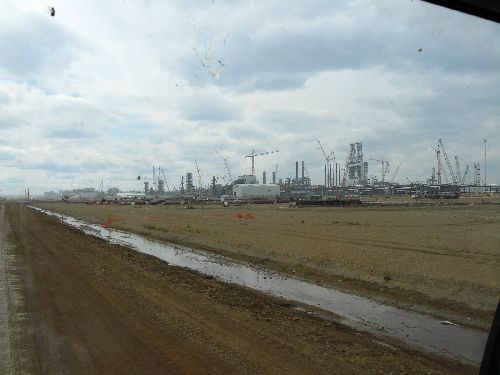


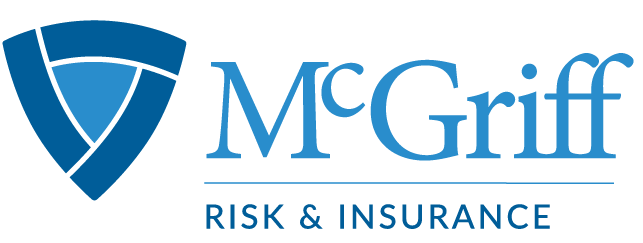
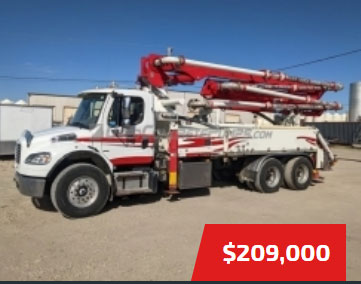

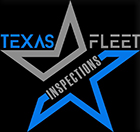


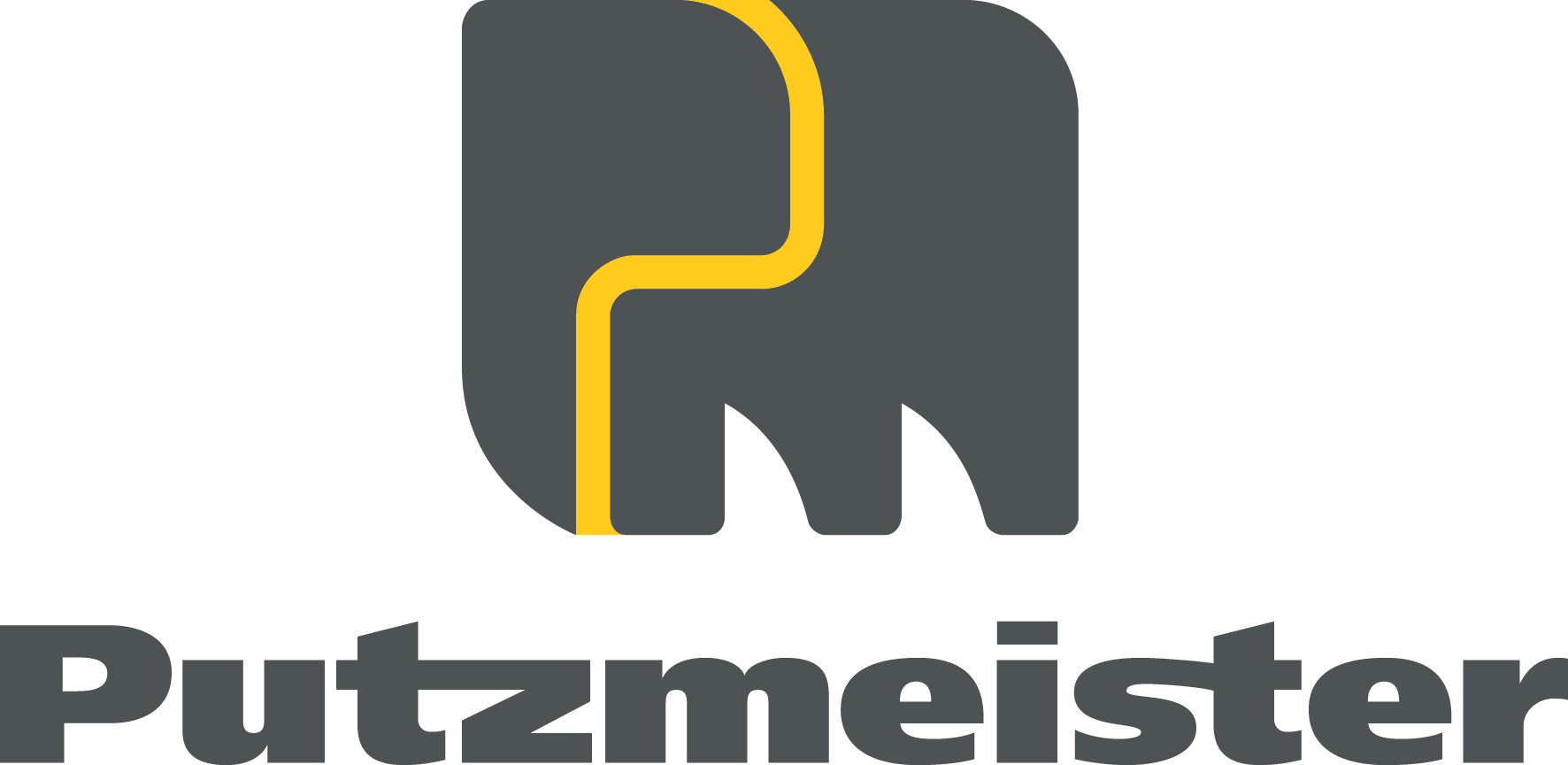



.jpg)
.gif)

.jpg)









.jpg)
